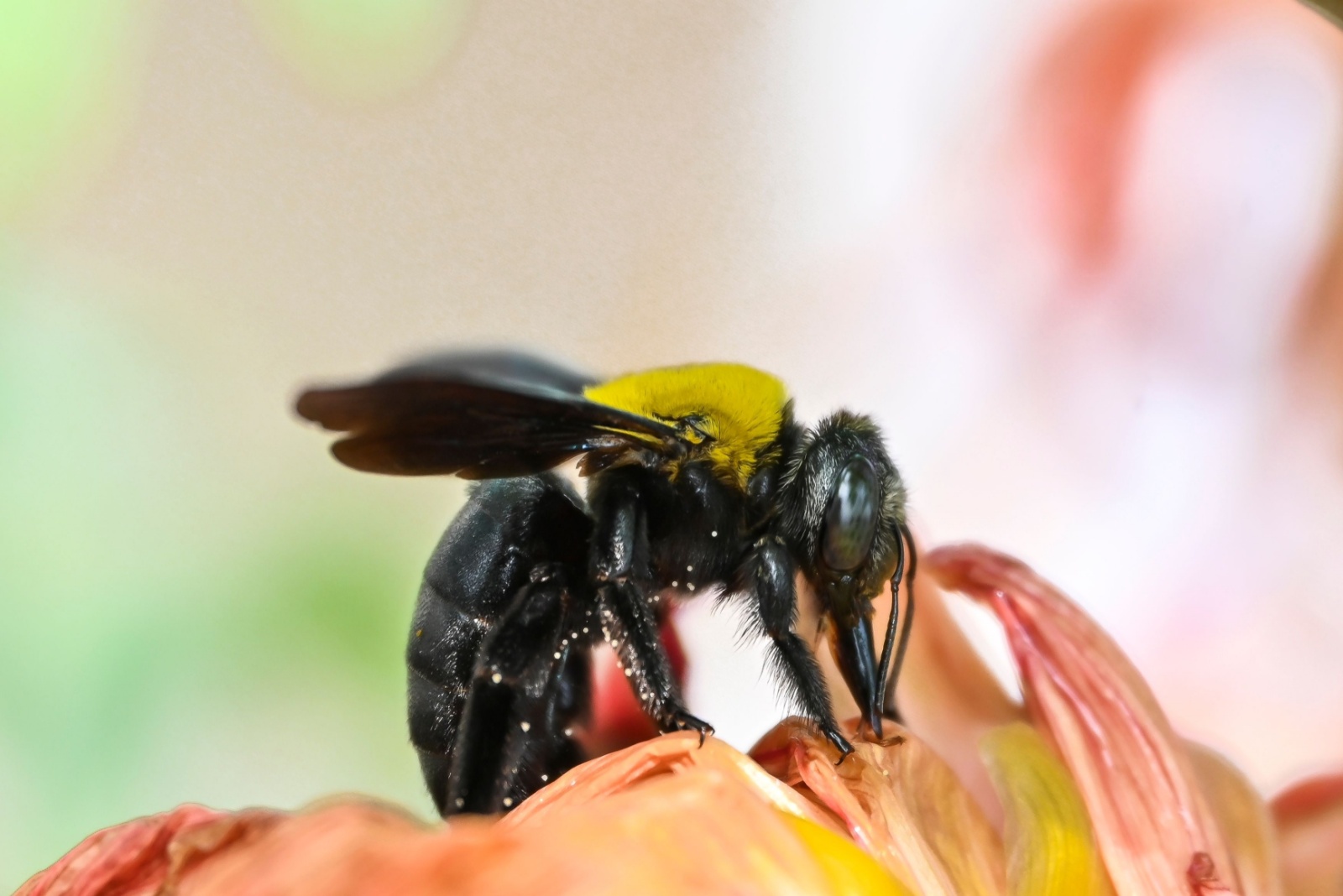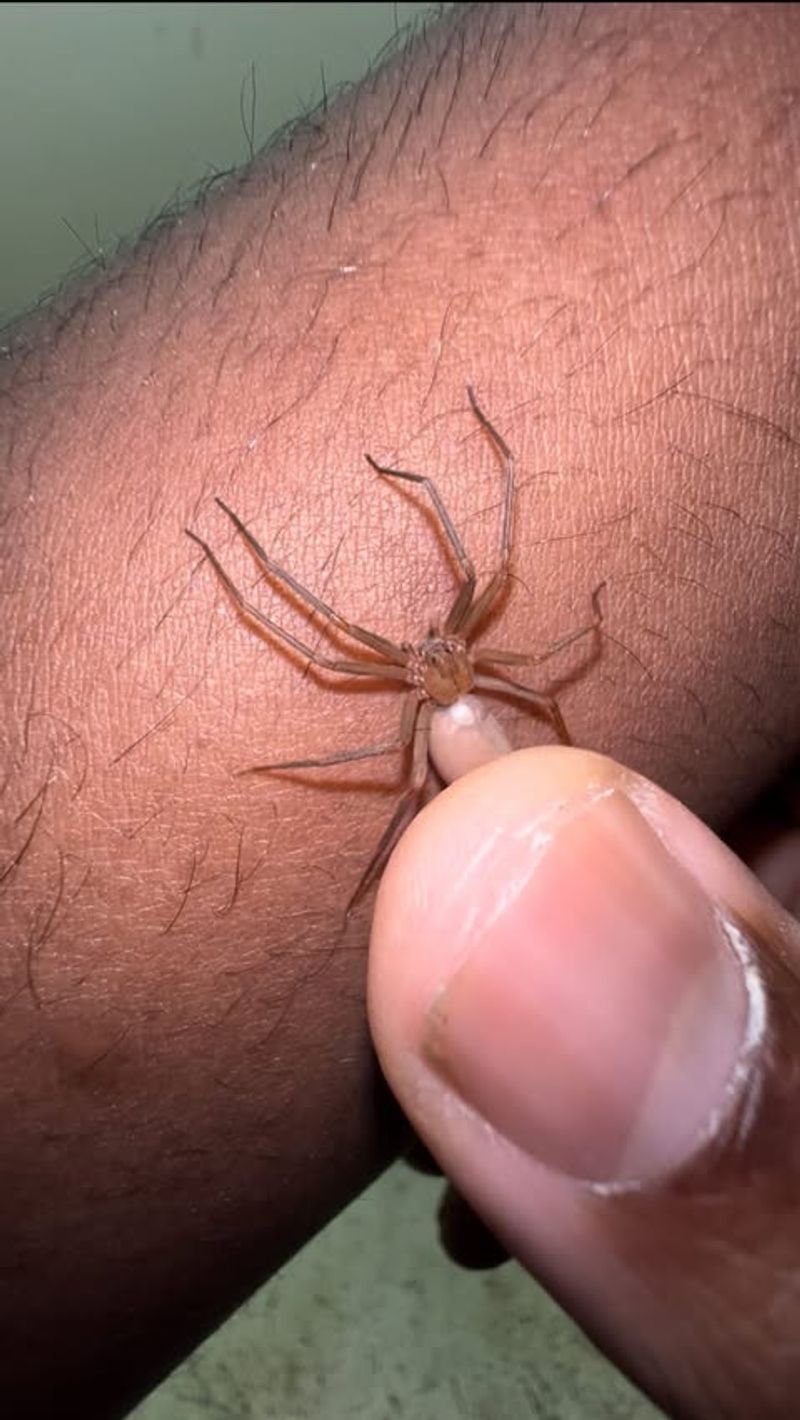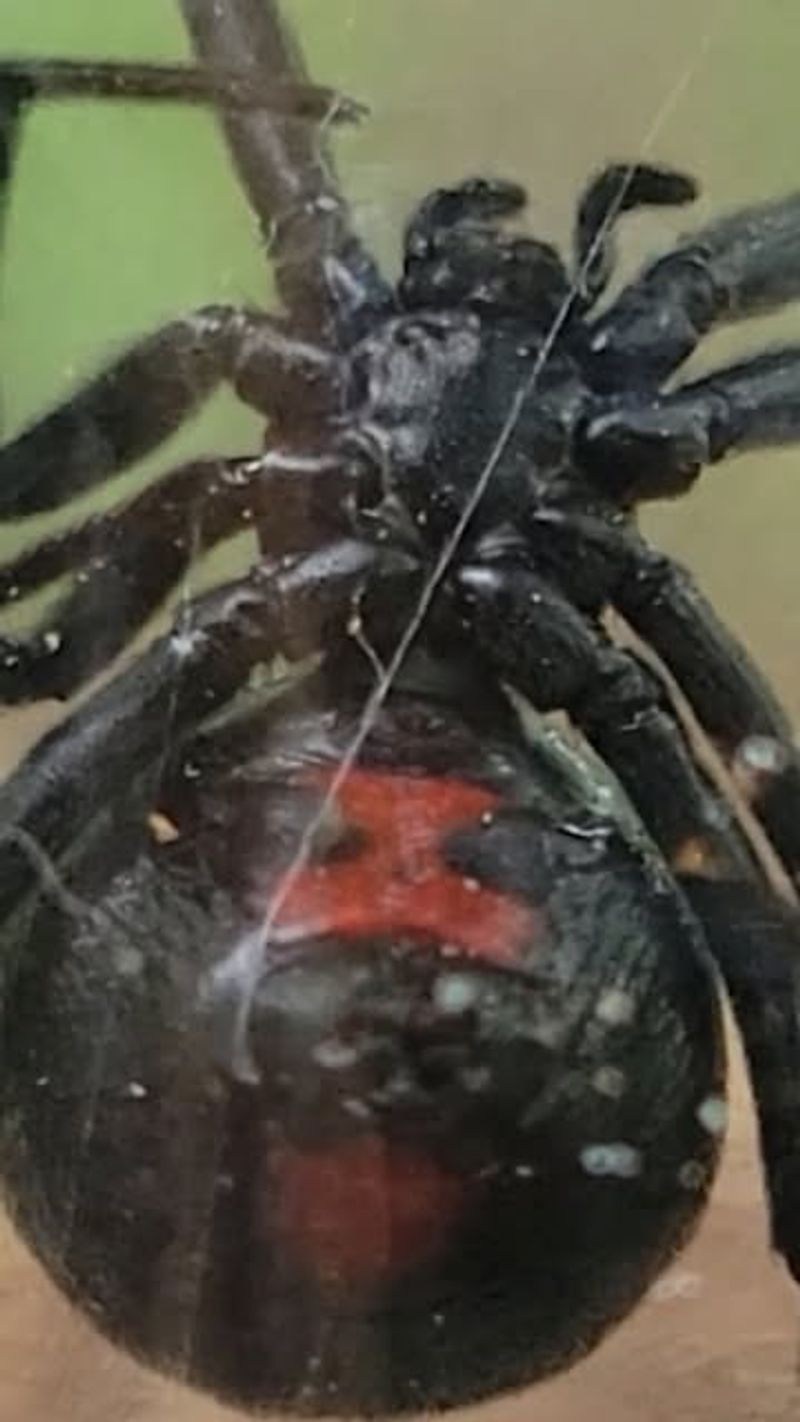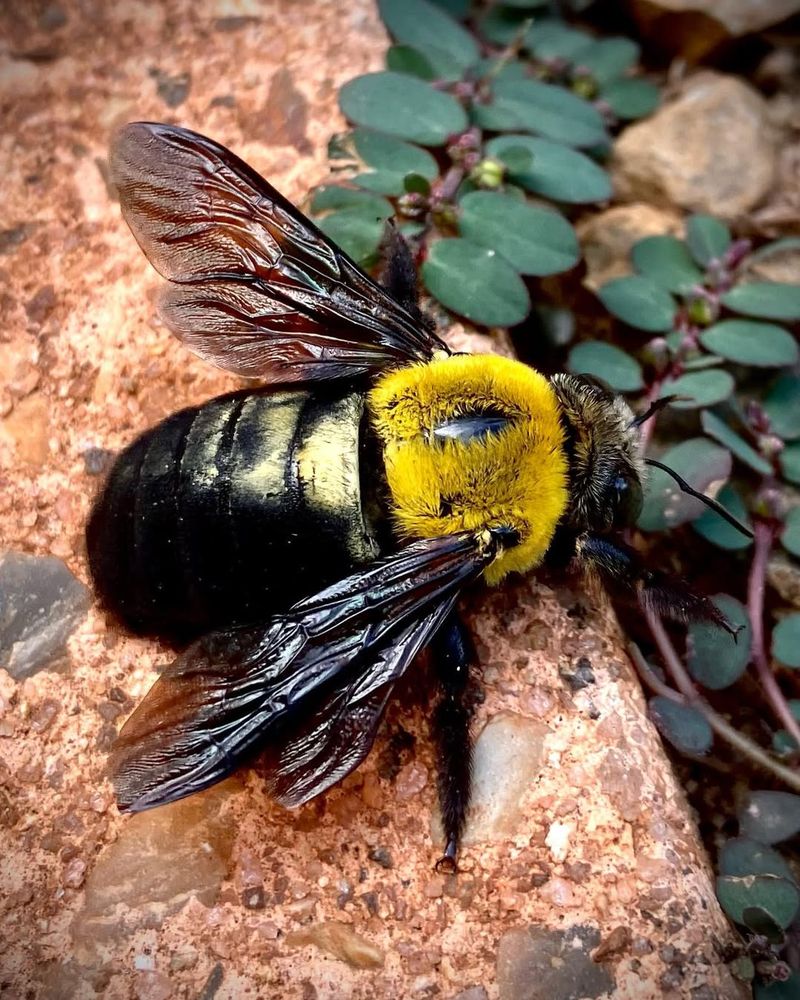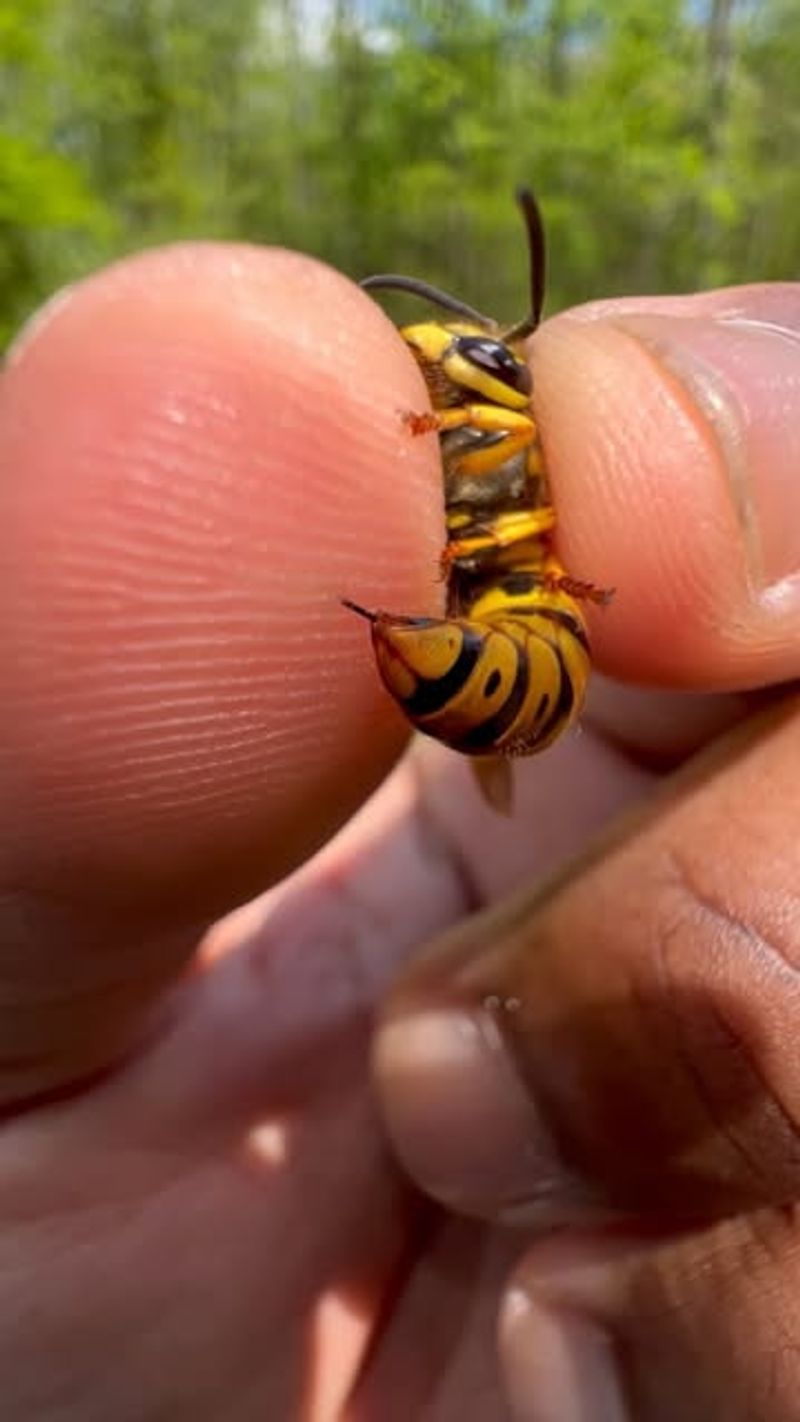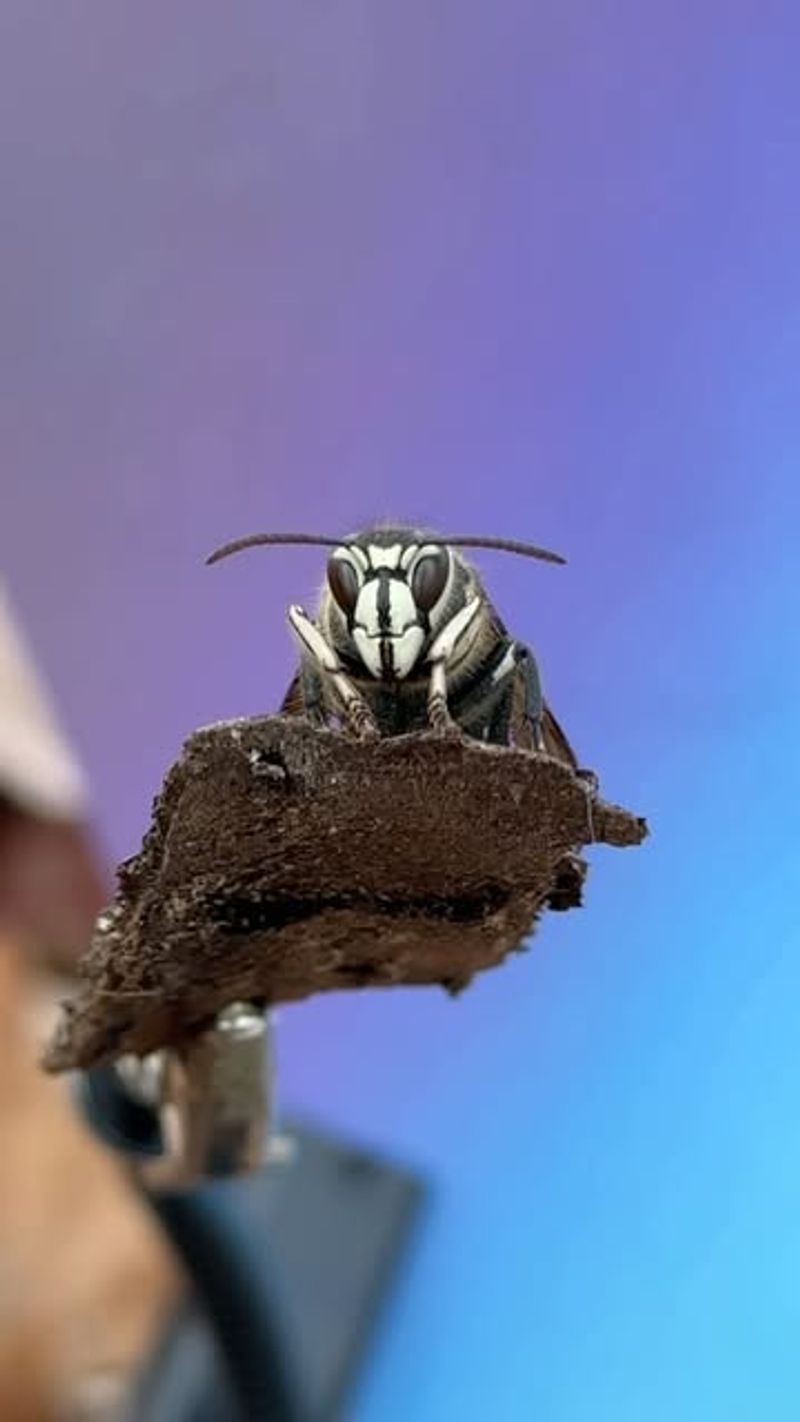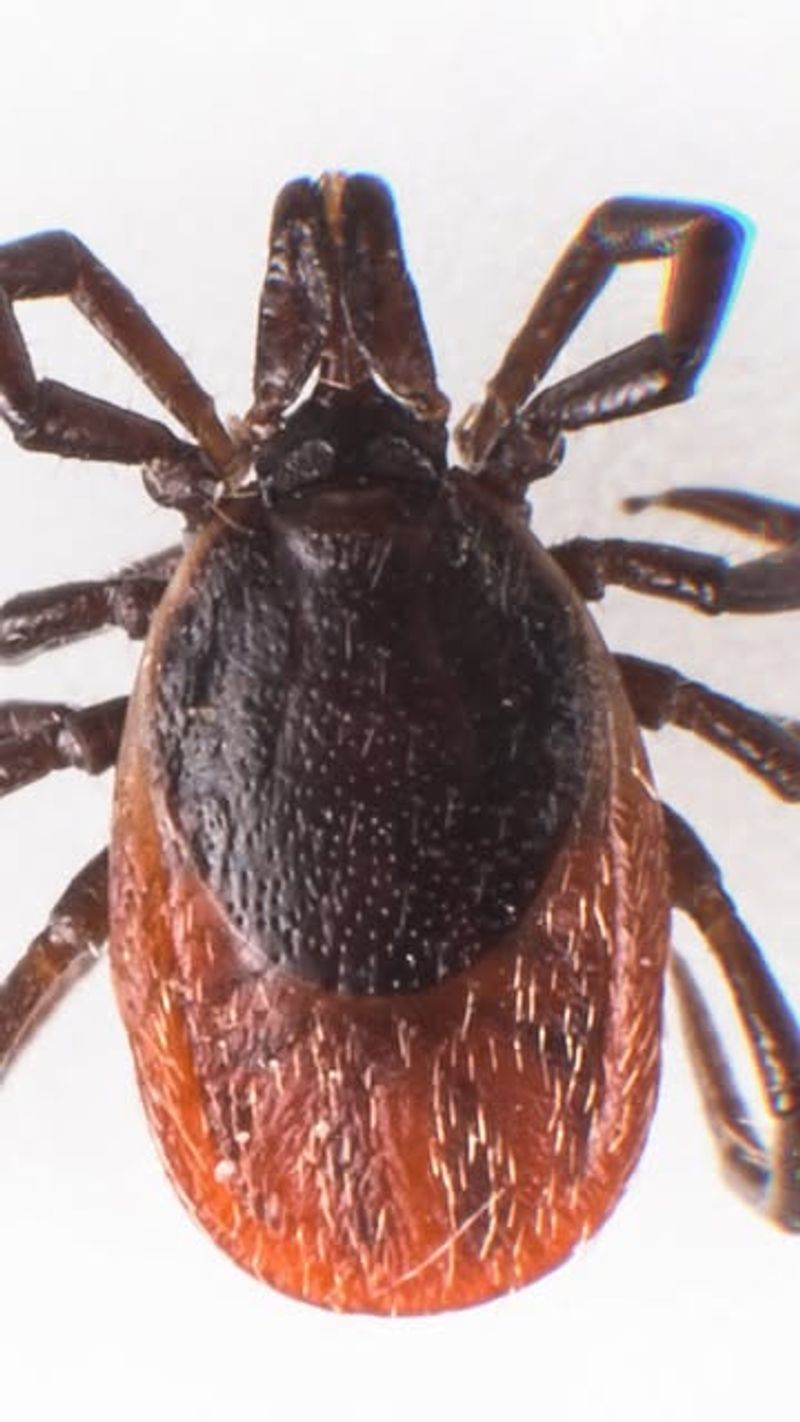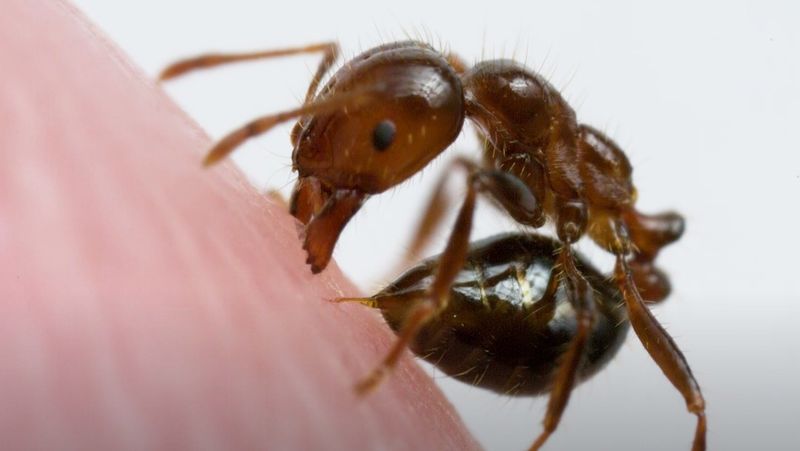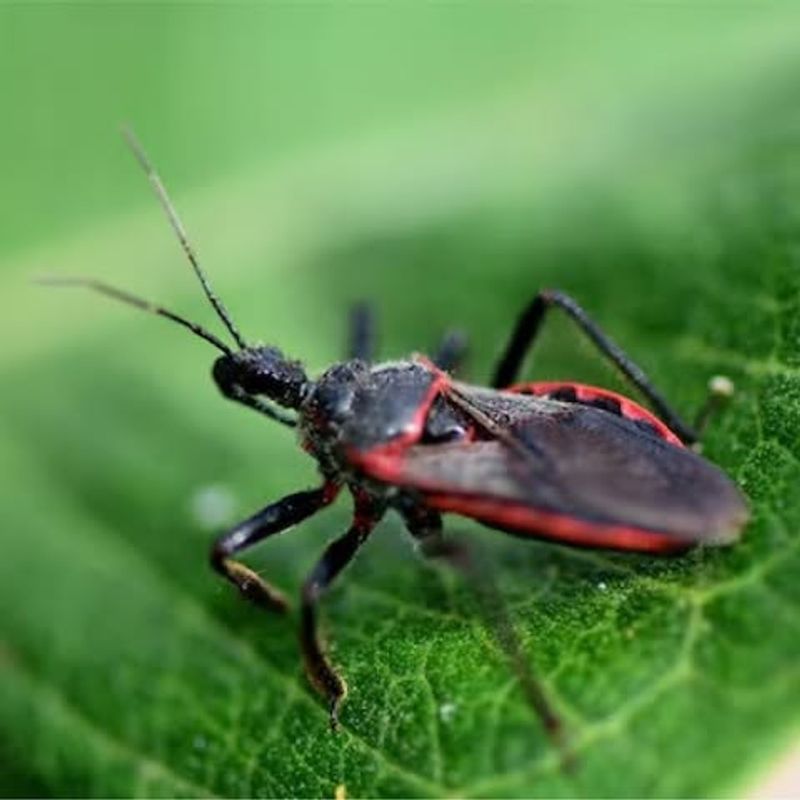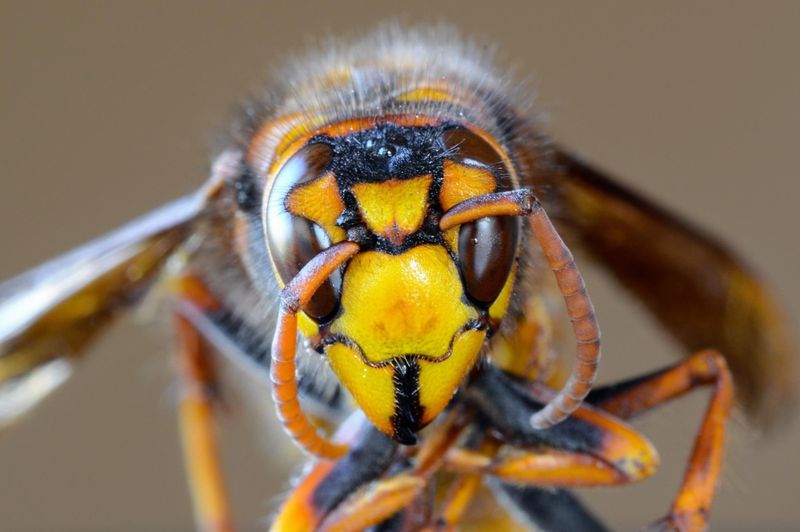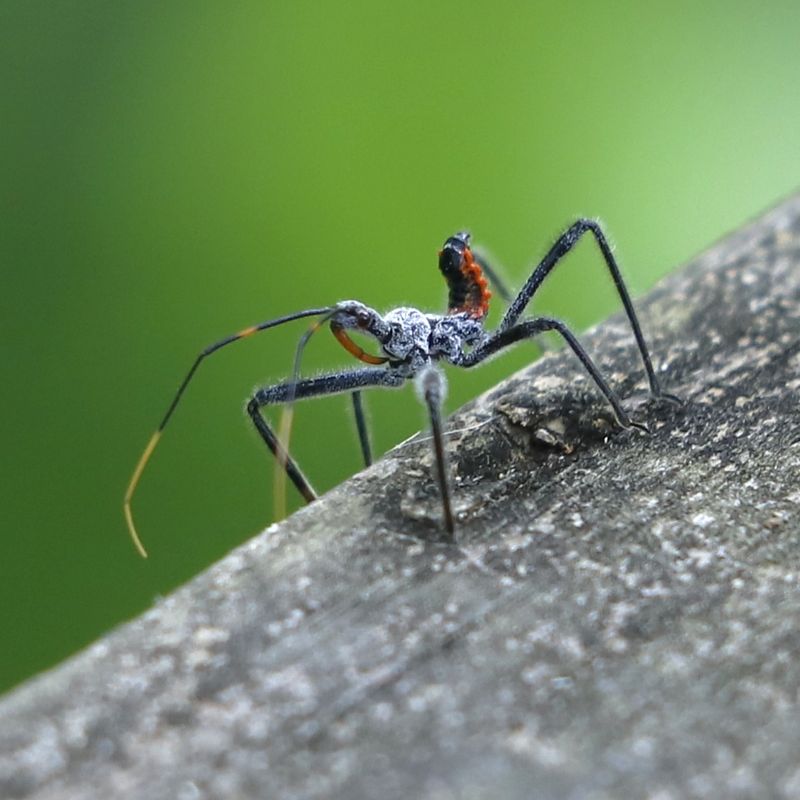Maryland homes face threats from several insect species that can harm your family, damage property, or spread disease. Knowing which bugs pose real danger helps you protect your home and loved ones effectively.
Some insects look harmless but carry serious risks that every homeowner needs to understand and address quickly.
1. Brown Recluse Spider
Spotting one of these spiders means trouble since their bite causes tissue death around the wound. Brown recluse spiders hide in dark corners, closets, and storage boxes where they rarely get disturbed.
Their venom destroys skin cells and can lead to serious infections requiring medical treatment. Look for the violin-shaped mark on their back to identify them correctly.
Call pest control immediately if you find one because they multiply quickly in hidden spaces.
2. Black Widow Spider
With venom fifteen times stronger than a rattlesnake, black widows rank among the most dangerous spiders in Maryland. Females carry the iconic red hourglass shape underneath their shiny black bodies.
Bites cause severe muscle pain, cramping, and breathing difficulties that send people to emergency rooms. Garages, sheds, and woodpiles provide perfect hiding spots for these nocturnal hunters.
Wear gloves when moving stored items and eliminate any webs you discover right away.
3. Carpenter Bee
Unlike their fuzzy bumblebee cousins, carpenter bees bore perfectly round holes into your home’s wooden structures. Males aggressively dive-bomb anyone near their territory, though they lack stingers to back up their threats.
Females drill deep tunnels that weaken decks, siding, and roof trim over time. The real danger comes from expensive structural damage rather than their mild stings.
Paint or seal exposed wood surfaces to discourage them from setting up shop.
4. Yellow Jacket Wasp
Ground nests full of yellow jackets turn lawn mowing into a dangerous activity each summer and fall. These wasps attack in swarms when their colonies get disturbed, stinging repeatedly without losing their stingers.
Their venom causes allergic reactions in many people, sometimes requiring emergency medical care. Late summer makes them especially aggressive as food sources dwindle and colonies reach peak size.
Professional removal keeps your family safe from mass stinging incidents.
5. Bald-Faced Hornet
Building football-sized paper nests in trees and under eaves, bald-faced hornets defend their homes with frightening intensity. Despite their name, these black and white insects are actually wasps that spray venom at threats from several feet away.
Colony guards remember faces and will chase intruders far from the nest. Multiple stings deliver enough venom to cause serious reactions even without allergies.
Never attempt removing these nests yourself—call professionals equipped with proper protective gear.
6. Deer Tick
Smaller than a poppy seed, deer ticks transmit Lyme disease and other serious illnesses through their bites. Maryland ranks among the top states for Lyme disease cases, making tick checks essential after outdoor activities.
These parasites lurk in tall grass and wooded areas, latching onto skin without causing immediate pain. Early removal within 24 hours greatly reduces infection risk.
Use tweezers to grasp them close to the skin and pull straight out without twisting.
7. Fire Ant
Originally from South America, fire ants have spread through Maryland, building large mounds that erupt with angry defenders when disturbed. Workers swarm up shoes and legs before stinging all at once in coordinated attacks.
Their venom creates painful, pus-filled bumps that itch intensely for days. People with allergies face dangerous reactions requiring immediate medical attention.
Treat entire colonies with specialized baits since killing visible ants barely affects the underground population.
8. Kissing Bug
Named for biting people’s faces while they sleep, kissing bugs spread Chagas disease through infected feces left near bite wounds. Their flat, dark bodies with orange markings help distinguish them from similar insects.
Maryland has reported increasing sightings as these blood-feeders expand their range northward. Scratching bites pushes contaminated waste into the wound, potentially causing heart and digestive problems years later.
Seal cracks around windows and doors to prevent these nighttime invaders from entering.
9. Asian Giant Hornet
Nicknamed murder hornets for their ability to decimate honeybee colonies, these massive insects pack venom powerful enough to dissolve human tissue. Growing nearly two inches long, they’re impossible to mistake for common wasps or hornets.
Multiple stings can kill even people without allergies due to the sheer amount of venom injected. Maryland officials monitor for sightings since established populations would threaten agriculture and public safety.
Report any suspected sightings to local authorities immediately.
10. Wheel Bug
Beneficial predators that eat garden pests, wheel bugs still deserve caution because their defensive bite ranks among the most painful insect experiences. That curved beak designed for piercing prey injects enzymes that liquefy tissue.
Victims describe the pain as worse than wasp stings, lasting for hours without proper treatment. Their unusual cogwheel crest makes identification easy, so admire them from a safe distance.
Avoid handling these helpful hunters and they’ll continue controlling harmful insects naturally.

